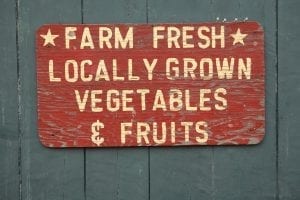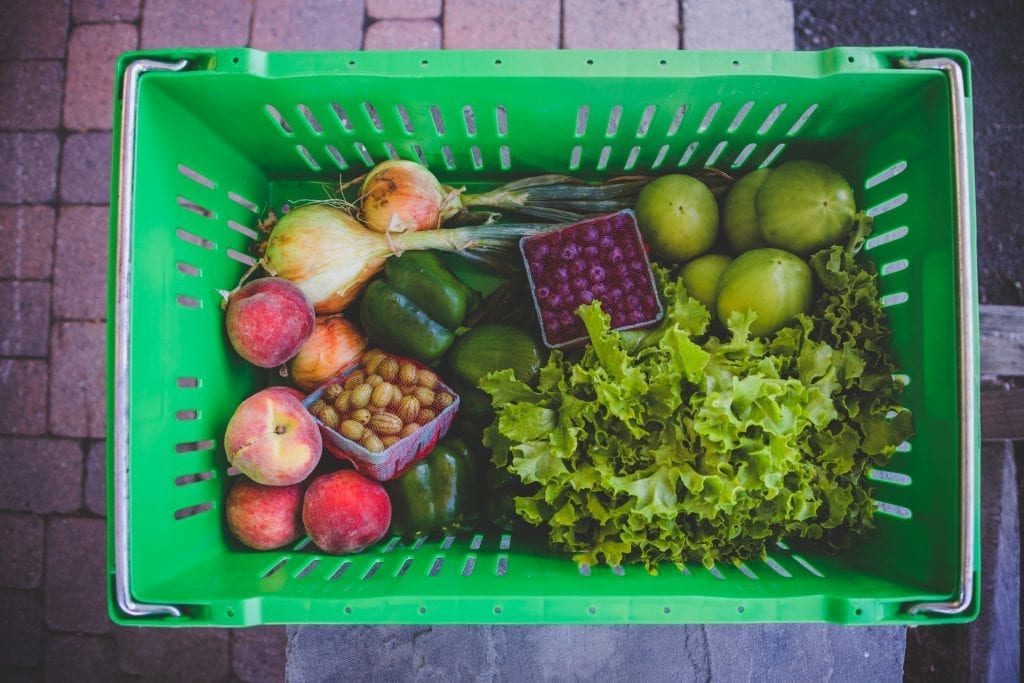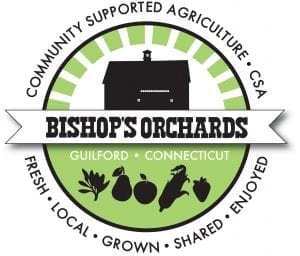Don’t let the snow and chilly weather fool you. There’s still work to be done on the farm here at Bishop’s Orchards. In fact, one of the longest processes on the farm takes place during the winter – pruning. Because we have over 100 acres of apple trees, it takes time to prune them all, but the task itself can be rather fun. Currently apple pruning is ahead of schedule because of the lack of snow this winter and cold temperatures, but that doesn’t make it any less of a process. So let’s take a look at a simplified version of this winter task for those of you wondering how it works.
When To Start
Pruning can be done in the winter, spring, or summer – it just depends on what your tree looks like and what you want the outcome to be. Naturally, winter is the best time of year to prune because the trees are dormant and have no leaves and foliage on them, so it’s easier to see what you’re doing and remove broken or diseased branches. But by pruning in the winter you will also invigorate the tree to produce and grow more during the spring and summer time. Pruning in the summer should be done when your tree looks overgrown. Then you can de-invigorate the tree, diminishing the growth. It’s important to make sure to avoid pruning in the fall, since new growth will be stimulated. If new growth begins once the cold and frost hit, it could lead to damage to the tree.
Why You Should
This annual practice allows you to direct the growth and shape the tree, which helps maintain the crop load for annual bearing and allows sunlight and airflow throughout the tree. Sunlight helps with the color and sugar development of the fruit, and airflow helps minimize moist conditions which support disease development.
What You Need
When pruning apple trees, you will need a few tools. Hand pruners, to remove small branches and twigs. Loppers, for larger branches. A Folding Saw for branches larger than three inches wide. And last but not least, you will need Pole Pruners to reach branches high on the tree that you might not have easy access to.
How it Works
- Decide the Tree Structure. When you first plant a tree, it’s good to prune away anything dead or injured immediately after planting. However, you should first analyze the tree and see what type of structure suits it. Decide if it’s going to have a central leader structure (when the trunk goes straight up) or an open center structure (when the branches split in the center and fan out to either side). Once this is decided you can begin to train it. But note that heavier pruning should be done minimally the first three years of growth until you achieve the tree shape you want.
- Clean Up the Dead, Damaged and Diseased. First, if there are little sprouts coming out of the trunk of the tree, they need to be removed. Because they originate from the root stock rather than the grafted fruit variety on the top of the tree, they can pruned off. If there are perfectly vertical or straight branches, called “water sprouts,” they are removed as well. And, when trimming these branches, it’s important to make sure they are flush to the larger limb and stubs are not left behind.
- Remove Competing Branches. Look for branches that might be growing towards the inside of the tree. By removing them, air circulation will be improved and it will eliminate the collection of water inside hollow branches that might lead to rot. Also, remove any branches that might be going downward – these won’t be able to bear fruit and will get in the way of branches that could be receiving the sunlight and nutrients they need.
- Prune Back the Outermost Branches. It’s important to make sure to never remove more than ⅓ of the wood and that the tree has one central trunk. If there’s a branch that seems to be taking over, it must be removed. By cutting back the rest of the branches, stems will thicken and get rid of extra weight on the tree. Lastly, step back and make sure the upper branches are shorter than the lower branches and looks like a pyramid.
So, here are a few basic takeaway tips for pruning. Prune from the bottom up, inside out, and make sure to make thinning cuts first, and outermost cuts last. Next on the list here on the farm, peach pruning. Which as always, depends on Mother Nature – but is currently set to begin in March. Stay tuned for more updates from the farm or visit https://bishopsorchards.com/the-farm/about/ for more information!







